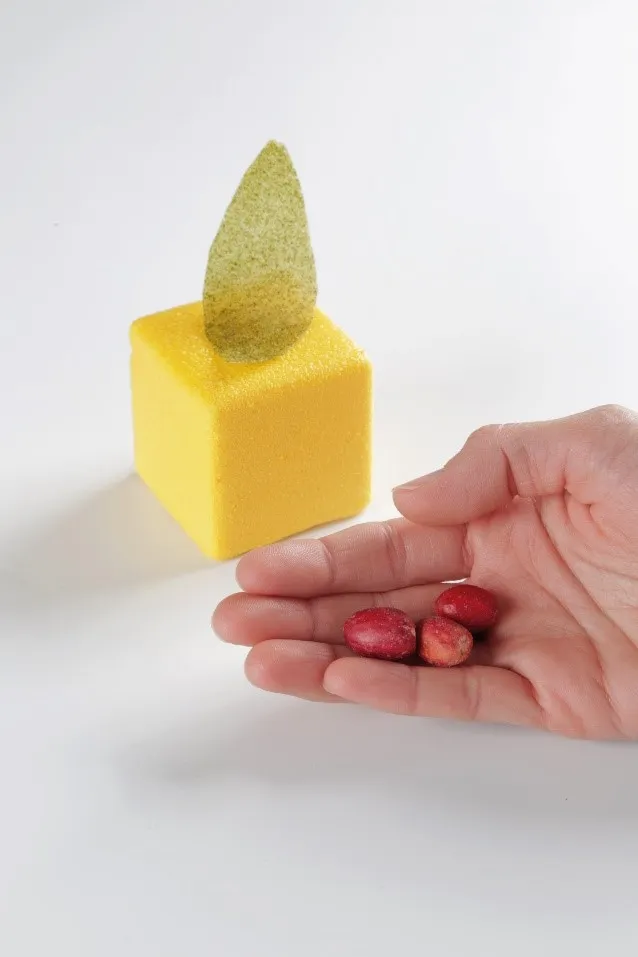Gastronomic application of the miracle fruit
Miracle fruit, also known as Synsepalum dulcificum, is a bright red berry native to West and Central Africa. It is gaining popularity worldwide for its taste-altering properties and possible medicinal benefits.
The berry is high in miraculin, a type of glycoprotein, which binds to taste receptors located near sweet receptor sites in the mouth. This makes acidic foods, such as vinegar, lemons, pickles, and mustard, taste sweeter.
These taste changes last for about 30 minutes, or until they are diluted by saliva. The taste-altering properties of miraculin make miracle fruit an attractive ingredient for cooking and food production.
While it does not further sweeten foods that are already sweet, such as chocolate, it does enhance the flavor of less acidic foods, such as tomatoes or strawberries. Miraculin's ability to mask sour flavors makes it an ideal sugar substitute and low in calories.
Due to the duration of the effect, its use in gastronomy is limited. That is why one of the main objectives of the sector is the search for methodologies to inactivate the effect or adapt the berry to a gastronomic menu.

